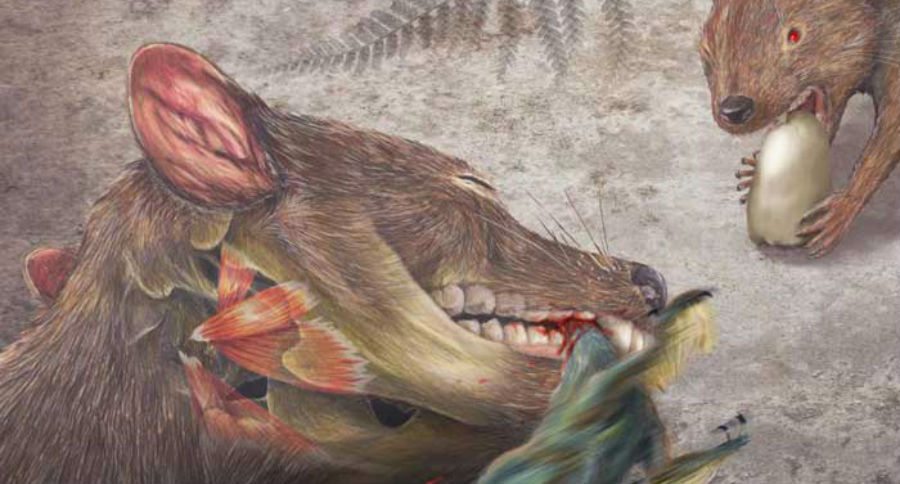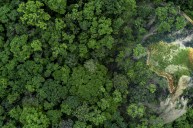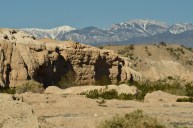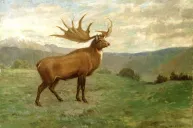A badger-sized prehistoric mammal had an extremely powerful bite, so strong in fact that it may have preyed on dinosaurs.
Recently, four fossil specimens of a small prehistoric mammal were unearthed at different locations in Montana and North Dakota, in what is known as the Hell Creek Formation. What made the discoveries so special was the fact that archaeologists were able to get previously missing pieces of the critter's skull, jawbones and teeth.
They ran some tests on these pieces and discovered that this animal, known as Didelphodon, or "two womb tooth," had a wickedly strong bite. So strong, in fact, that scientists have declared it to be the most powerful bite for its body size ever recorded in any mammal, living or extinct.
The Didelphodon lived with dinosaurs some 66 million years ago and likely preyed on other beasts its size or smaller, including even the smaller dinosaurs.
Abby Vander Linden, a UW biologist who participated in the study, said,
"I expected Didelphodon to have a fairly powerful bite based on the robust skull and teeth, but even I was surprised when we performed the calculations and found that, when adjusted for body size, it was capable of a stronger pound-for-pound bite than a hyena."
Microwear patterns on the Didelphodon's teeth suggested that it was an omnivorous predator and an opportunistic scavenger.
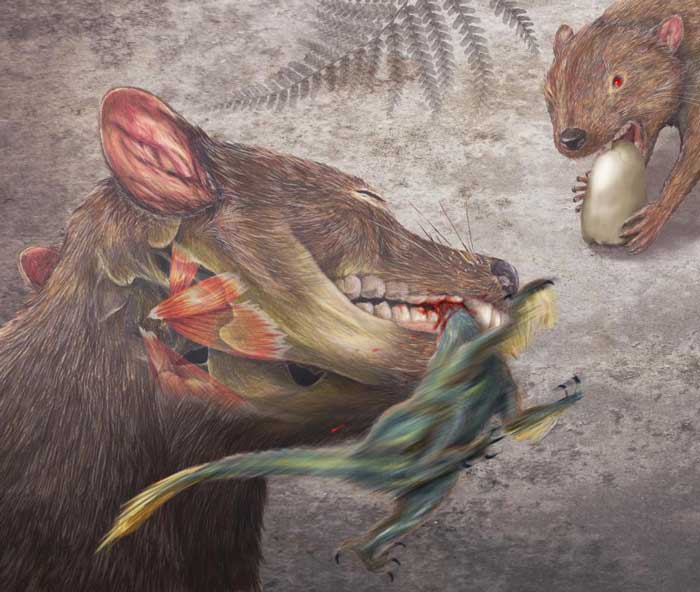
The find adds some new information into the ecosystem our understanding of the prehistoric Mesozoic Northern Plains in North America, and may also provide insight into the evolution of marsupials, which Didelphodon was related to.
"What I love about Didelphodon vorax is that it crushes the classic mold of Mesozoic mammals," said Washington biologist Dr. Gregory P. Wilson.
He added,
"Our study highlights how, despite decades of paleontology research, new fossil discoveries and new ways of analyzing those fossils can still fundamentally impact how we view something as central to us as the evolution of our own clade, mammals."
"Instead of a shrew-like mammal meekly scurrying into the shadows of dinosaurs, this badger-sized mammal would've been a fearsome predator on the Late Cretaceous landscape," Wilson said, "even for some dinosaurs."
The findings may also reveal new insights into how some mammals survived the mass extinction event that wiped out dinosaurs.
The findings of the study may be found in the online journal Nature Communications.
Like what you see here? You can read more great articles by David Smith at his facebook page, Stumpjack Outdoors.
https://rumble.com/embed/u7gve.v3tq0x/
NEXT: Woolly Mammoth Cloning Pursuit Underway
